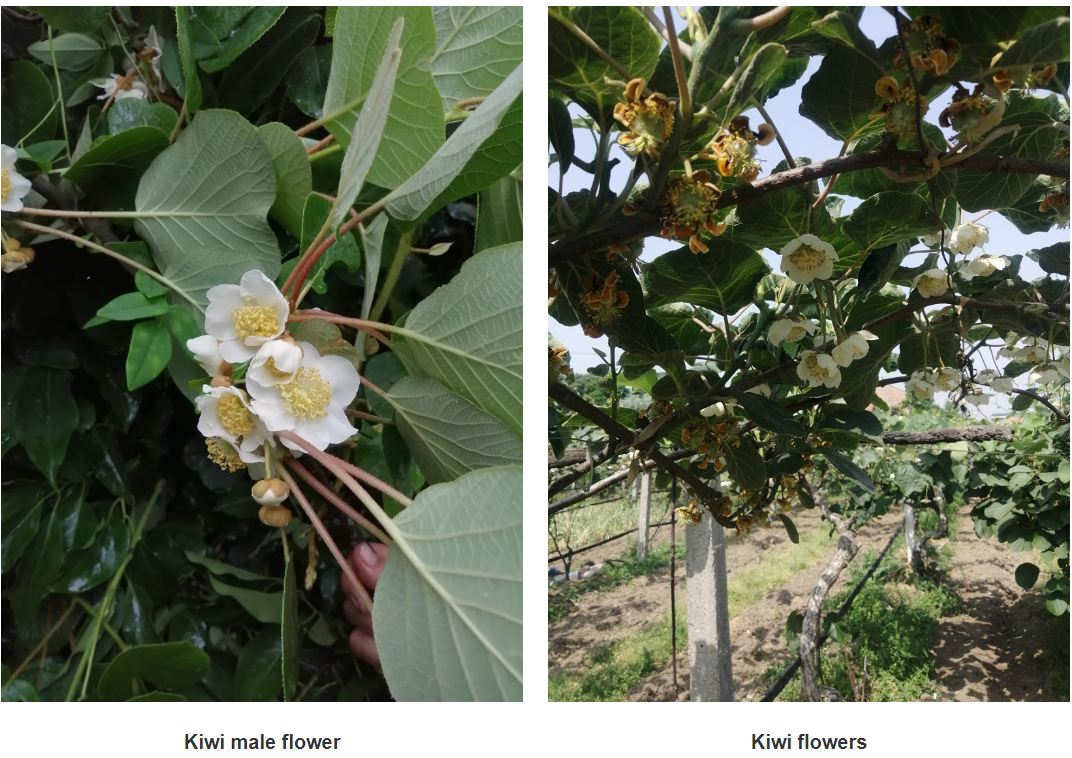Nov . 02, 2024 15:30 Back to list
protocol for cherry pollen germination supplier
Protocol for Cherry Pollen Germination
Cherry pollen germination is a crucial process in plant reproduction, allowing for the successful fertilization of flowers. Understanding the protocol for cherry pollen germination is essential for researchers, horticulturists, and anyone interested in cherry cultivation and breeding. This article outlines the necessary steps and considerations for effectively germinating cherry pollen.
Materials Needed
1. Fresh Cherry Pollen Ideally collected from healthy cherry blossoms in full bloom, as freshness is essential for successful germination. 2. Germination Medium A suitable medium, such as agar or a sterile nutrient solution, is necessary to support pollen tube growth. 3. Petri Dishes or Culture Vessels To contain the germination medium and pollen. 4. Incubator Maintaining a consistent temperature and humidity to promote optimal conditions for germination. 5. Microscope For observing pollen germination and pollen tube growth.
Method
1. Collection of Pollen Choose healthy cherry blossoms during peak flowering. Carefully collect pollen using a small brush or by gently shaking the flowers over a clean container. Avoid contamination with other plant material.
2. Preparation of Germination Medium Prepare the germination medium according to standard protocols. For example, a common formulation includes sucrose (10-20%), boric acid (0.01%), and calcium nitrate. Sterilize the medium by autoclaving to eliminate any microbial contamination.
protocol for cherry pollen germination supplier

3. Inoculation Transfer a small amount of collected cherry pollen into the prepared germination medium. Use sterile techniques to ensure that no contaminants affect the results.
4. Incubation Place the Petri dishes or culture vessels in an incubator set at an optimal temperature of about 25°C. Maintain a humidity level of around 70-80% to create a conducive environment for pollen germination.
5. Observation Monitor the germination process over the following hours or days. Using a microscope, observe the pollen grains for signs of germination, typically characterized by the formation of pollen tubes. Record the germination rates and any notable observations.
6. Data Analysis After a predetermined incubation period, analyze the results. Calculate the percentage of germinated pollen grains and evaluate the growth of pollen tubes. This data can inform further research on cherry pollination mechanisms and potential cross-breeding programs.
Conclusion
Following a structured protocol for cherry pollen germination is vital for understanding the reproductive capabilities of cherry trees. The insights gained from this process can aid in effective cherry cultivation, improve crop yields, and foster advancements in horticultural science. By adhering to the steps outlined above, researchers and growers can enhance their understanding of cherry reproduction and contribute to the sustainability of cherry production.
-
Artificial Pollination Solutions for Pear Trees Auxiliary Pollination Services & Pricelist
NewsJun.10,2025
-
Bagging Paper Bag for Fruit - Wholesale Suppliers & Manufacturers for Fruit Factories
NewsJun.10,2025
-
Premium Apple Birch Tree Pollen Suppliers Quality Exporters
NewsJun.09,2025
-
Lorado Pollen Suppliers Pure Apricot Flower Pollen Collection
NewsJun.09,2025
-
Premium Mulberry Pollen Natural Source for Bee Health & Nutrition
NewsJun.09,2025
-
Optimize Cross Pollination Functions Top Manufacturers & Suppliers
NewsJun.09,2025